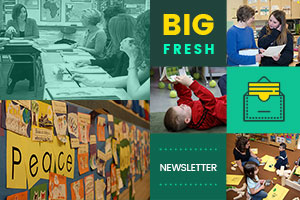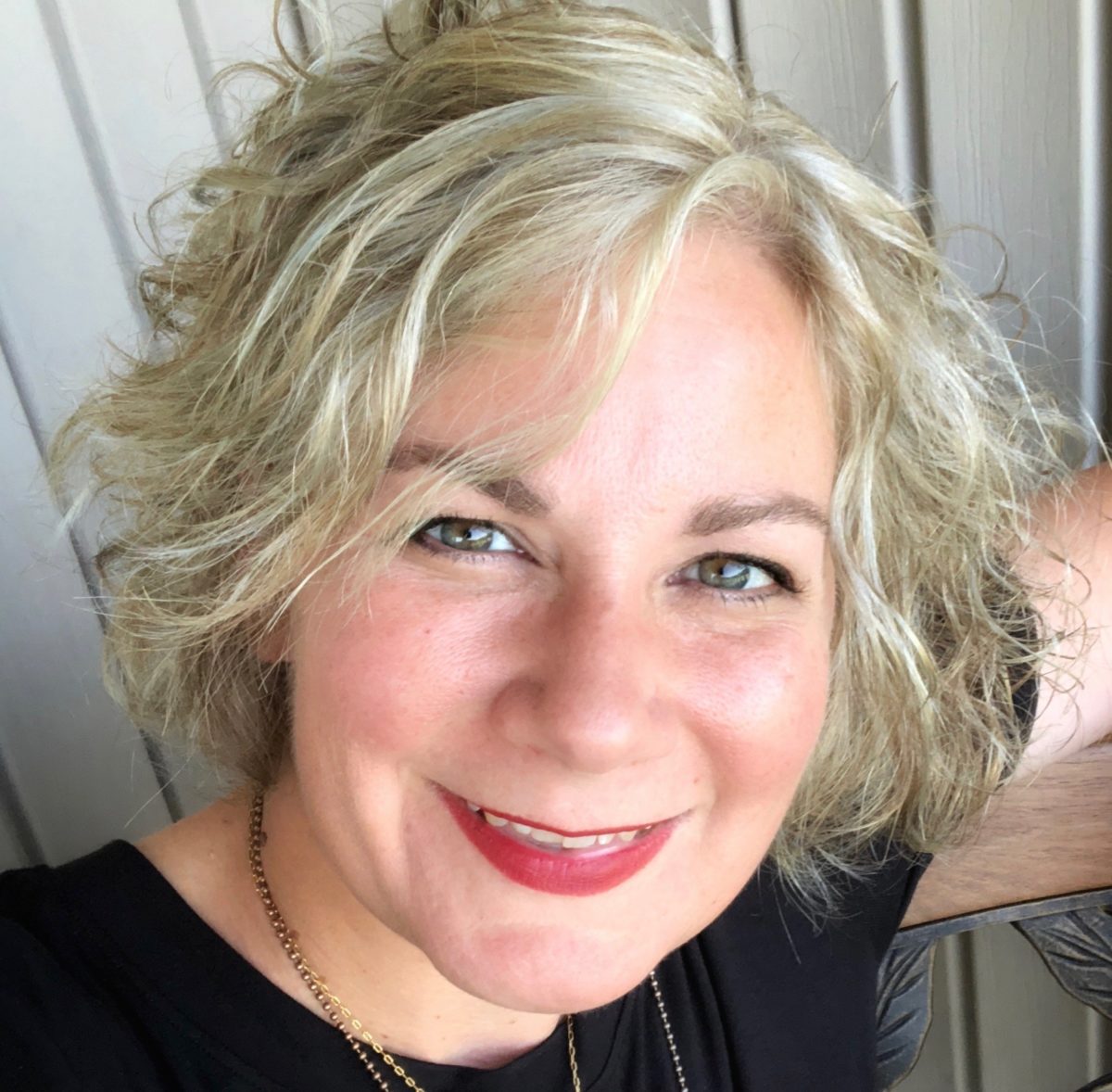Food is our common ground, a universal experience.
—James Beard
Common Ground
The first time we met our son, Jay, he was seven. We took him to a restaurant because our visit was short. As we slid into the booth, Andy asked, “Do you know what you want to order?”
Jay shook his head. “I don’t get to pick,” he whispered.
Andy opened Jay’s menu and said gently, “You get to pick today. If you want help, just ask.”
“Shrimp,” Jordan said immediately.
When the waitress came back, Jay looked up and said, “Grilled shrimp, please. With fries.”
The waitress questioned, “Oh, you like shrimp?”
Jordan looked up and smiled. “I don’t know. I’ve never had it, but it sounds good.”
Andy chuckled. “That’s great that you want to try something you’ve never had before.”
“Yes, sir. I’ll eat it, even if I don’t like it.”
“If you don’t like it, I’ll trade you,” Andy said. “My ribs for your shrimp.”
Jordan’s eyebrows shot up. “I won’t be in trouble?”
“Nope,” Andy said. “But, I bet you’ll like the shrimp.”
“Meat on the bone is my favorite.”
It turned out that Jay loved shrimp, and he also wanted lots of Andy’s ribs (because meat on the bone was truly a favorite). It became a tradition for the two of them to discuss the menu and select two different main dishes (usually something they’ve never tried before), and then split them. Over the years, we built a bond of attachment through food. Jay loved to cook alongside us, and he developed his own style and signature dishes.
Food is our common ground; it is true in families and it is true in classrooms. I was delighted to discover a thread of food and community in this season’s articles and have been eagerly waiting to release this week’s issue—with a food and community theme—plus more, as always
Shine on,
Ruth Ayres
Editor in. Chief

Dr. Eva Selhub emphasizes that what you eat directly affects the structure and function of your brain and, ultimately, your mood.
Are you looking to connect with other instructional influencers? Join Coach-to-Coach—a free monthly gathering for instructional coaches. You’ll receive an inspirational article from our Leaders Lounge and a Zoom link to learn and collaborate with others. Coach-to-Coach is led by Ruth Ayres. Our next gathering is Wednesday, December 10, at 12:00 p.m. (EST).

New members-only content is added each week to the Choice Literacy website. If you’re not yet a member, click here to explore membership options.
Gretchen Schroeder creates strong connections with her high school students as the come together as writers around the shared need for and love of food.
Becca Burk recalls a pivotal moment when a multilingual student brought her sambusas to taste. Let’s remember that connection points—accepting a gift from home, sitting in the struggle, celebrating the small things, and noticing perseverance—are effective because they allow the child to feel seen, included, and celebrated.
VIDEO | When Gigi McAllister says the library is a place for everyone, she means everyone! As a child Gigi, did not like reading, so she is passionate about creating a space in the library where everyone feels like they belong.
Tara Barnett and Kate Mills remind us that more important than the physical layout of the classroom or the assessments we’ll give is the type of community we’ll become. Building a brave and enthusiastic community of learners is the foundation that everything else stands on. They share a community-building experience that can be adapted for any age.

New members-only content is added each week to the Choice Literacy website. If you’re not yet a member, click here to explore membership options.
The world of education continually bombards us with seemingly endless ideas and activities, which most often means doing them in addition to the curriculum we are teaching. In this era of constant consumption, how do we sort through everything to choose the ideas that are worth pursuing? Tara Barnett and Kate Mills offer three questions to help teachers determine which ideas to try in their classrooms.
We know how important principal-coach meetings are. Having a common system to follow gives a sense of cohesiveness and purpose and helps everyone participate effectively. Hannah Tills shares the process of creating a template with a standard agenda and space for meeting notes.
Leigh Anne Eck writes about the way professional texts sustain her core beliefs and help her keep growing as a teacher.
Quote It:
Food is better in November than any other time of the year.
—Cynthia Rylant
That’s all for this week!



